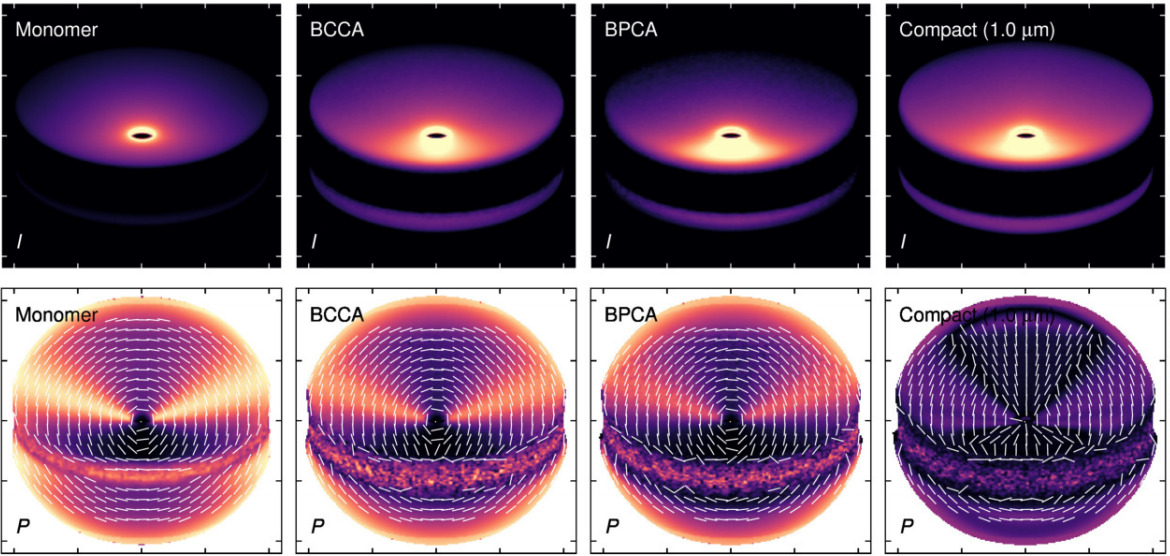つくば宇宙理論セミナー
第41回

Probing dust aggregate structure in protoplanetary disks by millimeter-wave polarization
田崎 亮 氏
東北大学
要旨
Dust coagulation in protoplanetary disks is the first step of planetesimal formation. However, a pathway from dust aggregates to planetesimals remains unclear. Both laboratory and numerical studies have so far shown that the structure of a dust aggregate plays important roles in planetesimal formation. However, the aggregate structure has been poorly constrained by disk observations. Recently, ALMA opens a new window to observe (sub-)millimeter-wave polarization of disks, which is expected to provide additional constraints on dust aggregate properties. In this study, we perform 3D radiative transfer simulations in order to study how the structure of dust aggregates affect millimeter-wave polarization from disks. As a result, it is found that relatively compact particles are favorable to explain observed millimeter-wave scattering polarization of disks, whereas highly porous and fractal particles fail to explain the observations.





 Ja En
Ja En